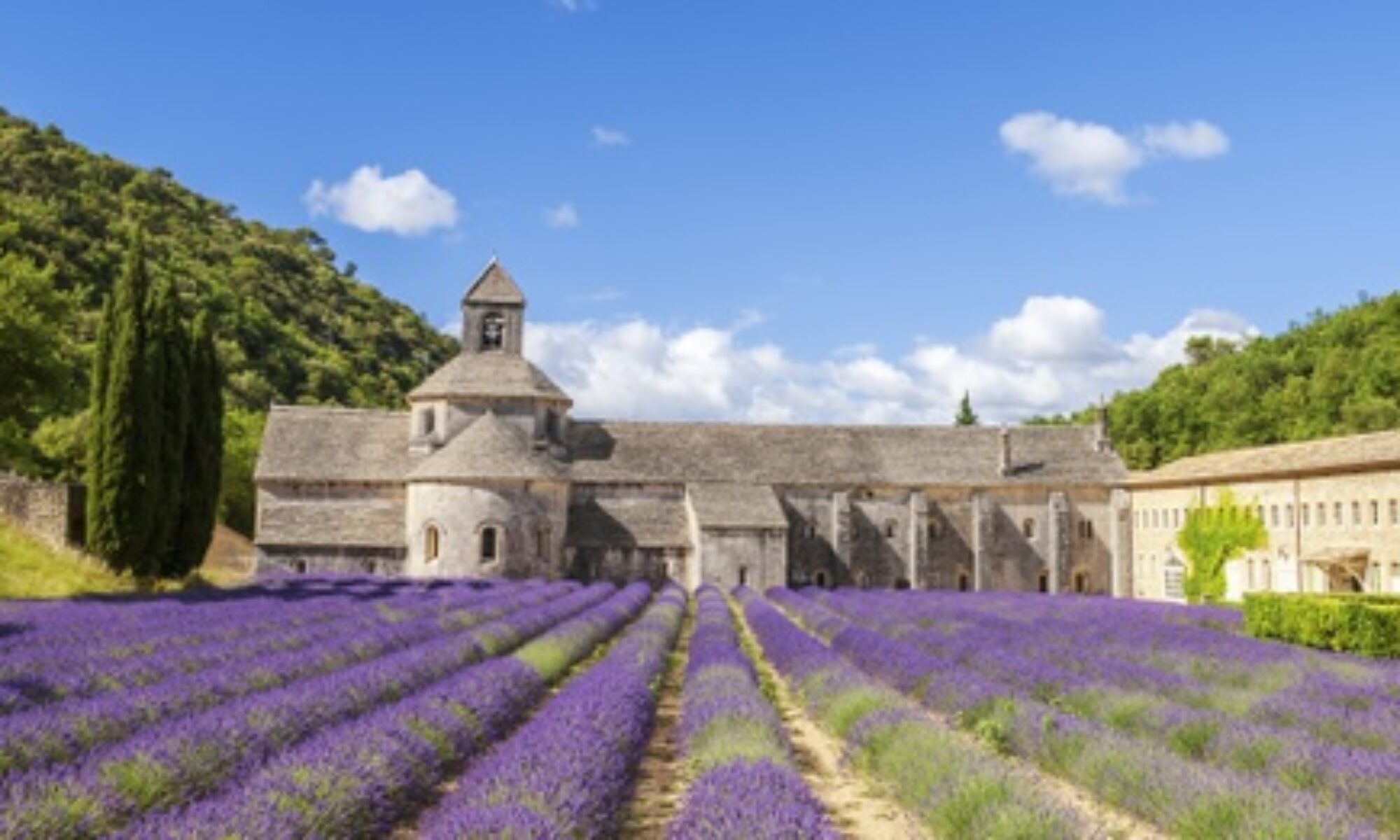More than any other topic concerning Hills of Zion, the pros and cons of the violent scenes are discussed. After communicating with a candid reader today, I have decided to address the issue.
I have found that the most difficult aspect of writing is trying to satisfy as many readers as possible without negating the original intent or risking the alienation of the core targeted audience. Maintaining that balancing act can spell disaster for a novel, so how does the writer manage to stay the middle course?
Let us consider the following points. What is the purpose for using violent scenes? What is the targeted age of readership? Are the violent scenes promoting wanton sin, or do they employ reverse psychology? Are these scenes necessary to move the plot or teach a lesson?
To answer the first questions, I must analyze my motives for writing the book in the first place. My primary goal was to reach young people, roughly the age of fifteen to twenty-five, with the message of peace and reconciliation and instill in them an understanding of what our forefathers experienced. Simply stating that almost a thousand years ago, our spiritual ancestors were persecuted by Catholic forces during the Albigensian Crusade, does not paint a vivid picture that can be appreciated and understood.
Do the scenes promote death and destruction, or do they attempt to dissuade from those acts? The fact that many readers have been affected by the accurate and detailed accounts in the book show that the violent scenes tended to turn the reader against violence instead of finding some sort of fulfillment from those scenes.
Strictly from the writing angle, any scene must actively move the plot forward and assist the reader on his journey through the story. Enhancing the setting, creating conflict or climax, teaching a lesson, or revealing human nature, can all be valid reasons for utilizing certain scenes.
To address some specific moments of violence in Hills of Zion and explain the reasons for their usage, the author will address particular scenes; avoiding, for the sake of time, minor incidents. The first, and perhaps most unsavory occurrence, is when Perci attempts to intervene on Marie’s behalf. After a standoff with the bailiff, the Black Knight enters the scene.
Unbeknownst to the reader, this ominous character will soon be responsible for the course that Perci takes. The youth is at a crossroads in life and doesn’t even realize it. Already suffering from guilty feelings of manslaughter, he is attempting to reclaim honor by defending an innocent girl. What Perci fails to realize is that his attempt to redeem himself without true repentance will only drag him further into evil.
The Black Knight is the epitome of evil, and I wanted to instill this into the reader’s mind as swiftly as possible. So I allowed a brief and brutal scene to show that Sir Charles (the Black Knight) was a ruthless, wicked man with a troubled mind. He dispatches the hapless bailiff without so much as a twinge of conscience. The random execution is meant to contradict another choice that Perci has- to follow the way of peace that Marie will encourage.
The battle outside the gates of Beziers and the ensuing destruction of the town follow history closely. But besides that, we are approaching a climactic and decisive experience where Perci must witness death on a horrible and personal scale in order to fully appreciate what Marie had propagated in his mind. The battle sequence, followed by his activities in the town, show how blood lust can take control of a person and drive them to perform despicable acts, even in the name of a supposedly reasonable cause.
Graphic scenes follow in quick succession as the town is sacked and pillaged. Many of those scenes are documented, either at Beziers or other locations that suffered a similar fate. Perci wavers between sickness of heart and a final nihilistic push to complete his downward spiral into sin. Only the chance meeting with Marie on the road, and only after he nearly kills her by mistake, does the youth come to his senses and realize where pride and violence have taken him. Through Marie’s act of forgiveness, the door to repentance and restoration suddenly opens and Perci’s trail of brutality ends as suddenly as it started.
An argument could be made that the details behind the violence is unnecessary and could be elucidated in a careful manner. I will not argue against that premise, for it is valid; however, will sin be considered serious if it does not disturb or ruffle the reader?
In conclusion, violence is unsavory for the Christian and not a subject to dwell upon, but when used for the sake of promoting truth and teaching spiritual lessons, it can become a tool. I realize there will remain those who feel the author went too far in describing these scenes. I respect that stance. If I felt there were any other way to support the narrative and teach the same lessons and leave the same impressions, I would have taken another course.
These were violent times. Christians suffered violently. Whether the reader agrees with my assessment or not, we need to reconnect with the past and more fully understand what the faithful followers of Christ experienced so that we could have a functioning Church today. I wrote this story in weakness, and in weakness I accept responsibility for any offense created by this novel. Any feedback, especially on this topic, is desired by the author.


Thank you, Andrew! I just found your blog. Is there a way to subscribe, so I can be made aware of new posts?